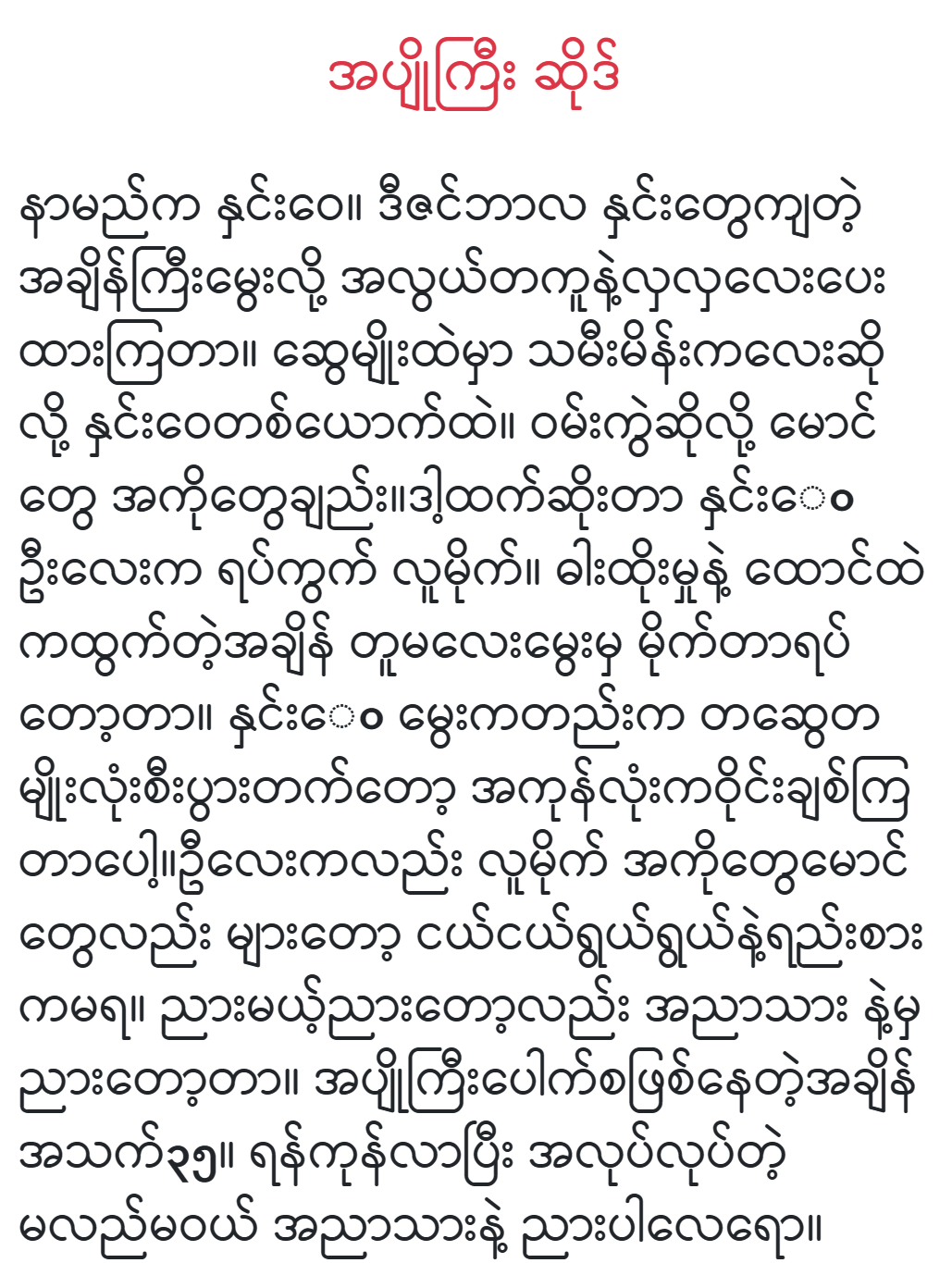
In today’s fast-paced and interconnected business environment, building stronger teams is essential for achieving success and driving innovation. Effective collaboration and productivity are key ingredients for high-performing teams. In this article, we’ll explore strategies for fostering collaboration and productivity within your team.
- Clear Communication Channels: Effective communication is the foundation of collaboration. Establish clear communication channels within your team to ensure that information flows freely and everyone is on the same page. Use tools such as messaging apps, project management software, and video conferencing platforms to facilitate communication and keep team members connected, regardless of their location or time zone.
- Define Roles and Responsibilities: Clearly defined roles and responsibilities are essential for ensuring accountability and avoiding confusion within the team. Take the time to clearly outline each team member’s role, responsibilities, and expectations. Establishing role clarity helps team members understand their contributions to the team’s goals and ensures that tasks are delegated effectively.
- Promote Trust and Psychological Safety: Trust is a fundamental component of effective teamwork. Foster a culture of trust and psychological safety within your team, where team members feel comfortable sharing ideas, asking questions, and expressing their opinions without fear of judgment or reprisal. Encourage open and honest communication, and lead by example by demonstrating trust and vulnerability in your interactions with team members.
- Encourage Collaboration and Knowledge Sharing: Collaboration thrives in an environment where team members are encouraged to share their expertise, insights, and ideas. Create opportunities for collaboration through brainstorming sessions, cross-functional projects, and knowledge-sharing initiatives. Encourage team members to leverage each other’s strengths and perspectives to solve problems and generate innovative solutions.
- Provide Ongoing Feedback and Recognition: Regular feedback and recognition are essential for motivating team members and fostering a culture of continuous improvement. Provide constructive feedback to help team members grow and develop professionally, and recognize their contributions and achievements publicly to reinforce positive behaviors. Celebrate milestones, successes, and teamwork to boost morale and reinforce the importance of collaboration.
- Set Clear Goals and Objectives: Clear goals and objectives provide a roadmap for the team and ensure that everyone is aligned towards a common purpose. Set SMART (Specific, Measurable, Achievable, Relevant, Time-bound) goals that are meaningful and challenging, and communicate them effectively to the team. Break down larger goals into smaller, manageable tasks to create a sense of progress and momentum.
- Invest in Team Building Activities: Team building activities help foster stronger bonds and camaraderie among team members. Organize team building events, workshops, or retreats that encourage collaboration, creativity, and teamwork. These activities provide opportunities for team members to get to know each other on a personal level, build trust, and develop strong working relationships.
- Provide the Right Tools and Resources: Equip your team with the right tools, resources, and technology to facilitate collaboration and productivity. Invest in project management software, collaboration tools, and productivity apps that streamline workflows, centralize communication, and automate repetitive tasks. Ensure that team members have access to training and support to maximize the use of these tools effectively.
- Lead by Example: As a leader, your actions and behavior set the tone for the team. Lead by example by demonstrating the values of collaboration, communication, and teamwork in your own interactions with team members. Be approachable, supportive, and responsive to their needs, and actively participate in collaborative efforts to show your commitment to building a stronger team.
- Continuous Improvement and Adaptation: Building stronger teams is an ongoing process that requires continuous improvement and adaptation. Solicit feedback from team members regularly to identify areas for improvement and implement changes accordingly. Stay agile and flexible in your approach, and be willing to adjust strategies and tactics based on evolving needs and circumstances.
Conclusion: Building stronger teams requires intentional effort and commitment from both leaders and team members. By fostering clear communication, defining roles and responsibilities, promoting trust and psychological safety, encouraging collaboration and knowledge sharing, providing ongoing feedback and recognition, setting clear goals and objectives, investing in team building activities, providing the right tools and resources, leading by example, and embracing continuous improvement and adaptation, businesses can create a culture of collaboration and productivity that drives success and innovation.
